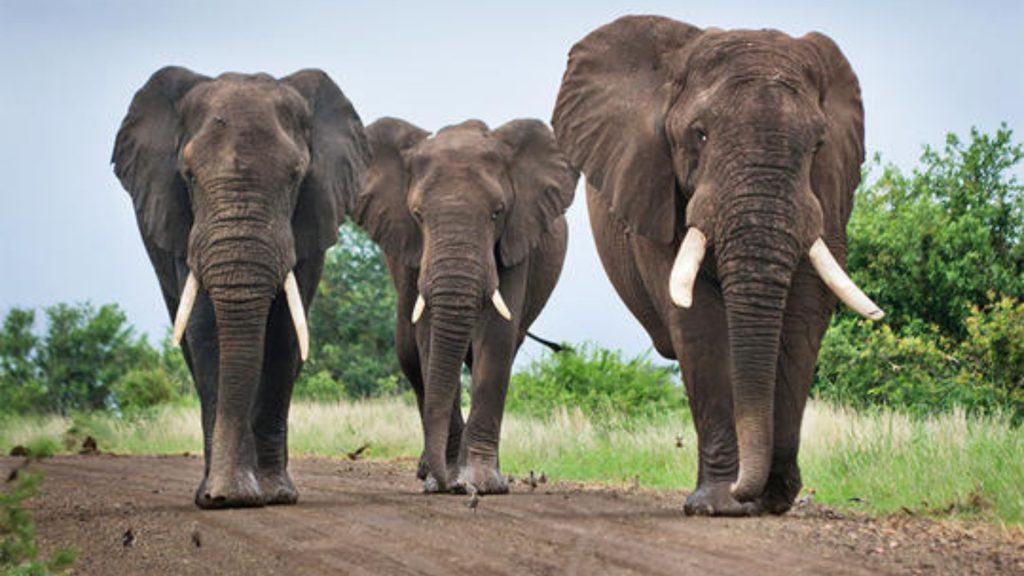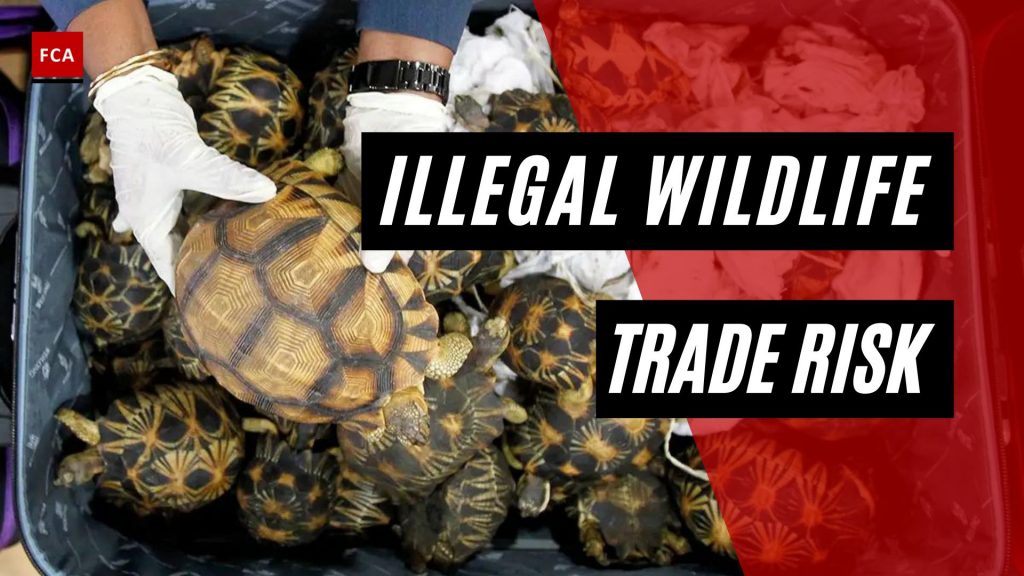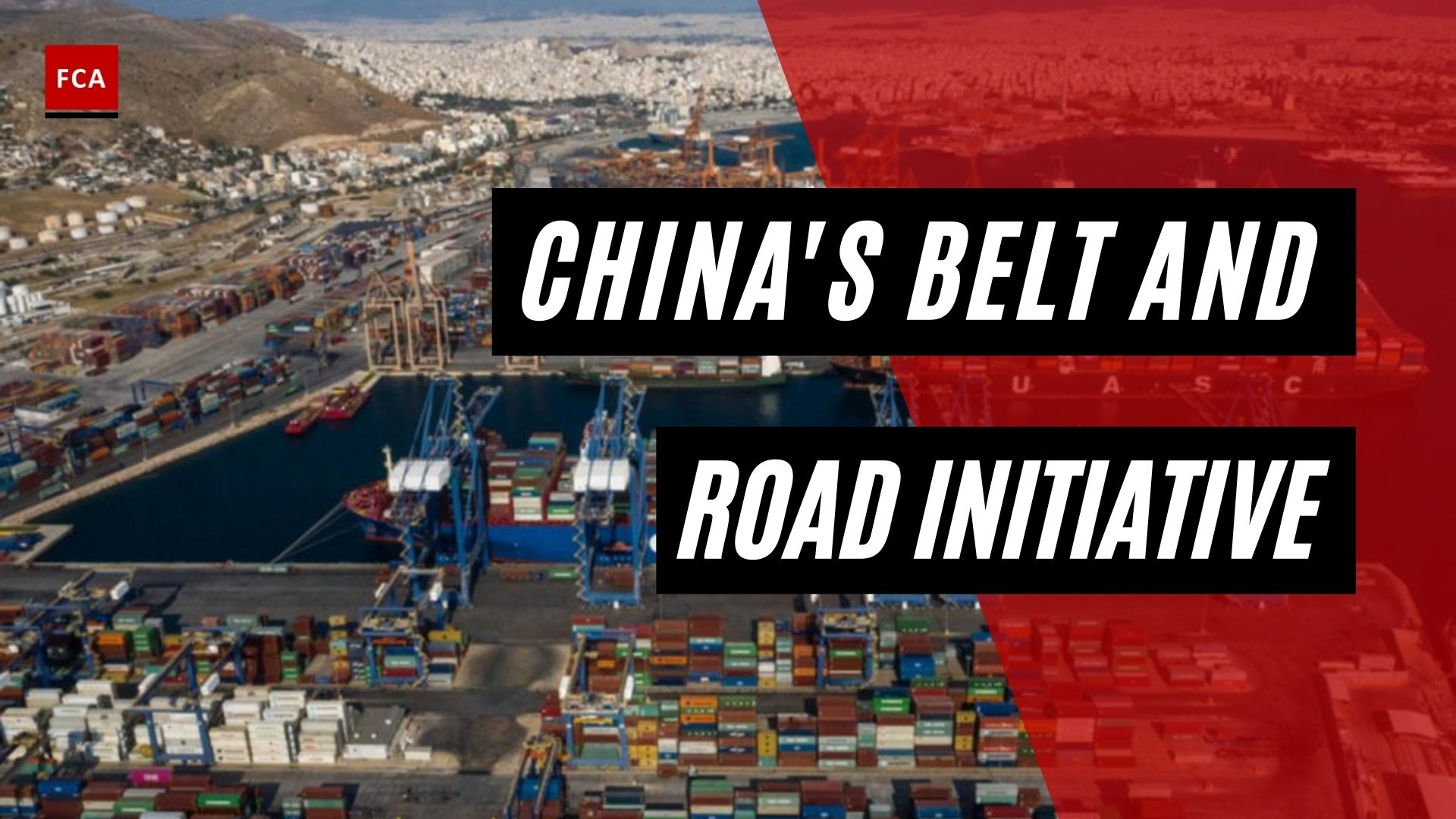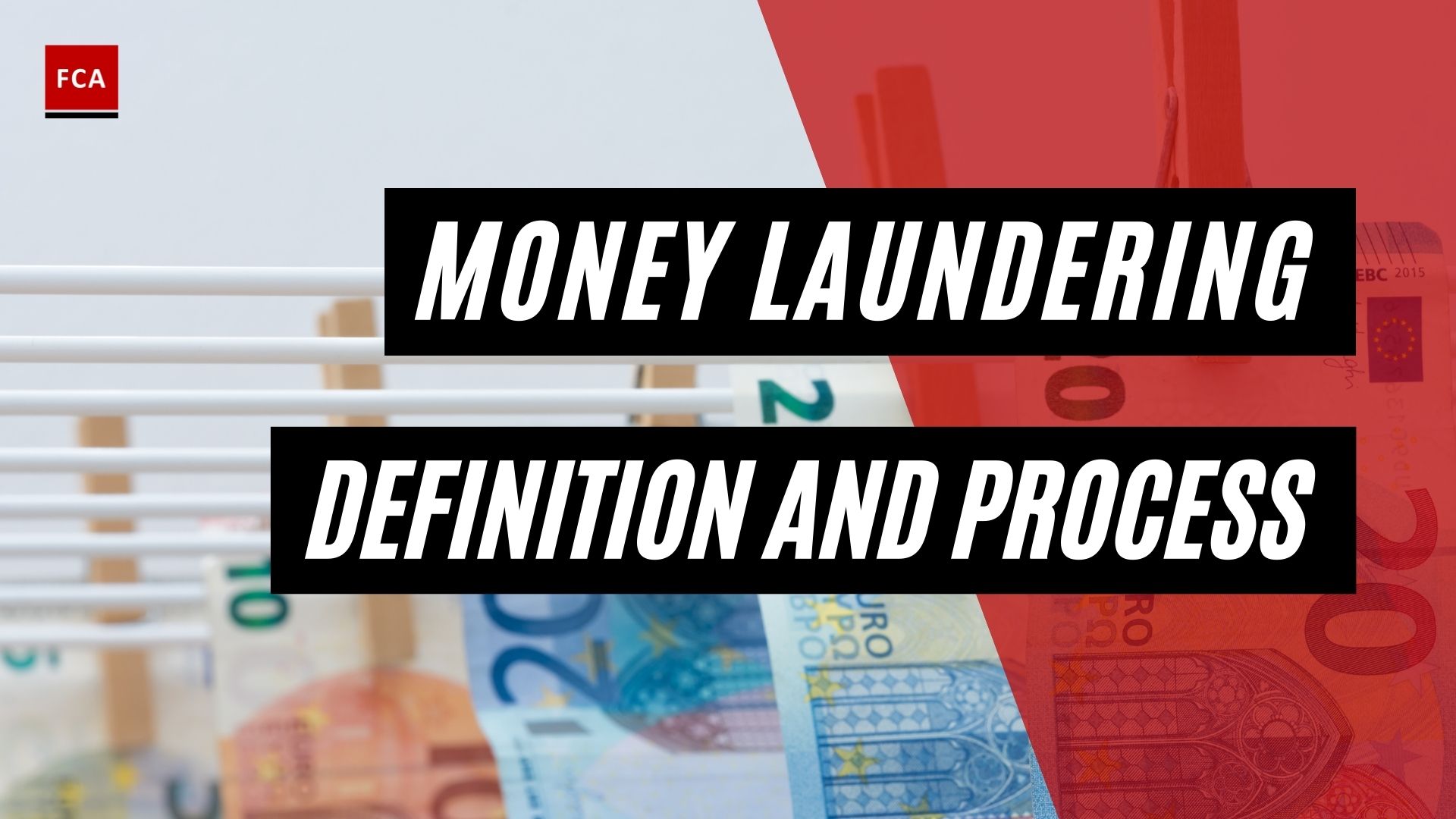The illegal wildlife trade risk. Five years ago, illegal wildlife trade was not on the risk radar of most companies, including financial institutions and companies involved in international trade. Oftentimes, wildlife protection and illegal wildlife trade were viewed as a conservation issue. Ever since the Covid-19 pandemic hit the world, more and more organizations are recognizing the importance of countering illegal wildlife trade and preventing the risk of becoming complicit to wildlife traffickers.

Illegal Wildlife Trade Risk
In fact, the pandemic, likely triggered by illegally traded wildlife, has helped to propel the issue into the global spotlight. Fortunately, companies in the transportation and financial sectors had already started to recognize their exposure to the risks of being abused by wildlife traffickers.
Illegal wildlife trade exposes companies to a variety of risks, not only those directly associated with wildlife and its protection. Illegal wildlife trade significantly converges with money laundering, financial crime, drug trafficking, human trafficking and threat finance, as well as climate change and humanitarian welfare issues. For example, heroin trafficking networks in East Africa are known to also be heavily involved in the ivory and rhino horn trades. Illegal logging virtually always overlaps with high-level corruption and kleptocracy, and is itself an important driver of climate change.
As organizations begin to understand that the illegal wildlife trade converges with all of these issues, corporate risk managers, compliance, and anti-financial crime professionals are now realizing that they need to include illegal wildlife trade in their risk analysis and mitigation processes. Until now, however, illegal wildlife trade has been a big blind spot for most.
These vulnerabilities are now being recognized in international policy and regulatory circles. In fact, private-sector efforts are being boosted by increasingly stronger laws and involvement of supervisory bodies.
For example: The EU’s 6th Anti Money Laundering Directive, which came into effect in December 2020, has made environmental crimes a predicate offence to money laundering.
China And FATF
When China held the presidency of the Financial Action Task Force between 2019 to 2020, FATF has announced that illegal wildlife trade is “one of the priorities under the Chinese Presidency”. Subsequently, FATF has recently launched a project “to develop good practices in tackling the financial flows linked to illegal wildlife trade. This project will analyze common supply chains and payment methods, as well as case studies from countries that have experience in investigating the financial flows from illegal wildlife trade.
It will also consider the role of public-private partnerships and international cooperation in combating this crime.” The first outcome of this project was FATF’s first-ever report on “Money Laundering and the Illegal Wildlife Trade”, which was published in June 2020. In its report, the Financial Action Task Force is requesting legislation for private sector supervision. For example, FATF suggests requiring relevant financial institutions and non-financial institutions to identify and assess their exposure to money laundering risks relating to illegal wildlife trade and take appropriate mitigating measures, as part of a broader risk-based approach. Regulation is certainly geared to become tighter over the next few years.
These changes in the regulatory landscape evidence the shift from perceiving illegal wildlife trade as a conservation issue to recognizing it as a serious transnational organized crime, with implications for both law enforcement and business.

Businesses Risk
On the business side of things, companies are under increasing pressure from investors and asset managers to mitigate risks related to environmental, social, and governance issues, which is also referred to as ESG. The transport and financial industries are the most clearly affected. Illegal products such as elephant ivory, rhino horn and timber are usually trafficked via commercial land, sea and air transport services, and financial transactions take place via regulated financial services providers and the global banking system. However, other industries are involved too. E-commerce and social media sites can be exploited as illegal trading platforms, and logistics or warehousing companies can unwittingly facilitate the storage and shipping of illegal goods.
In any event, the pressure for organizations to act has increased with Covid-19. Crucially, it includes ensuring integrity and sustainability throughout the company’s entire supply or financial transaction chain. Demonstrating that a company is not fueling organized crime or contributing to habitat destruction – even down to raw material suppliers – is a big part of that.
Why Is Illegal Trade In Wildlife Such An Important Issue?
Illegal wildlife trade has numerous negative effects on human well-being and species conservation. When criminals trade in endangered species, they devastate entire ecosystems and jeopardize vital links in the world’s biological diversity. Biodiversity loss is one of the most serious global threats we face today, and it also means a smaller genetic pool and, as a result, less resilience to disease of any kind.
Criminal wildlife trafficking networks also jeopardize states’ ability to combat disease outbreaks by forcing governments to divert human and financial resources that could be used for other purposes.
Final Thoughts
United Nations organizations and United Nations-affiliated conventions and agreements, such as CITES, the Convention on Biological Diversity, or the Convention on Migratory Species of Wild Animals, provide governments around the world with tools, resources, platforms, and expertise. Organizations such as the United Nations Environment Programme assist in the implementation and coordination of critical programs in the field that contribute to the achievement of the Sustainable Development Goals related to biodiversity. Simultaneously, CITES and other multilateral environmental agreements provide a global, legally binding framework for the conservation of wildlife and biodiversity, while frequently contributing to the building of bridges between governments, the private sector, and civil society, so that everyone can contribute to this common and critical mission.









